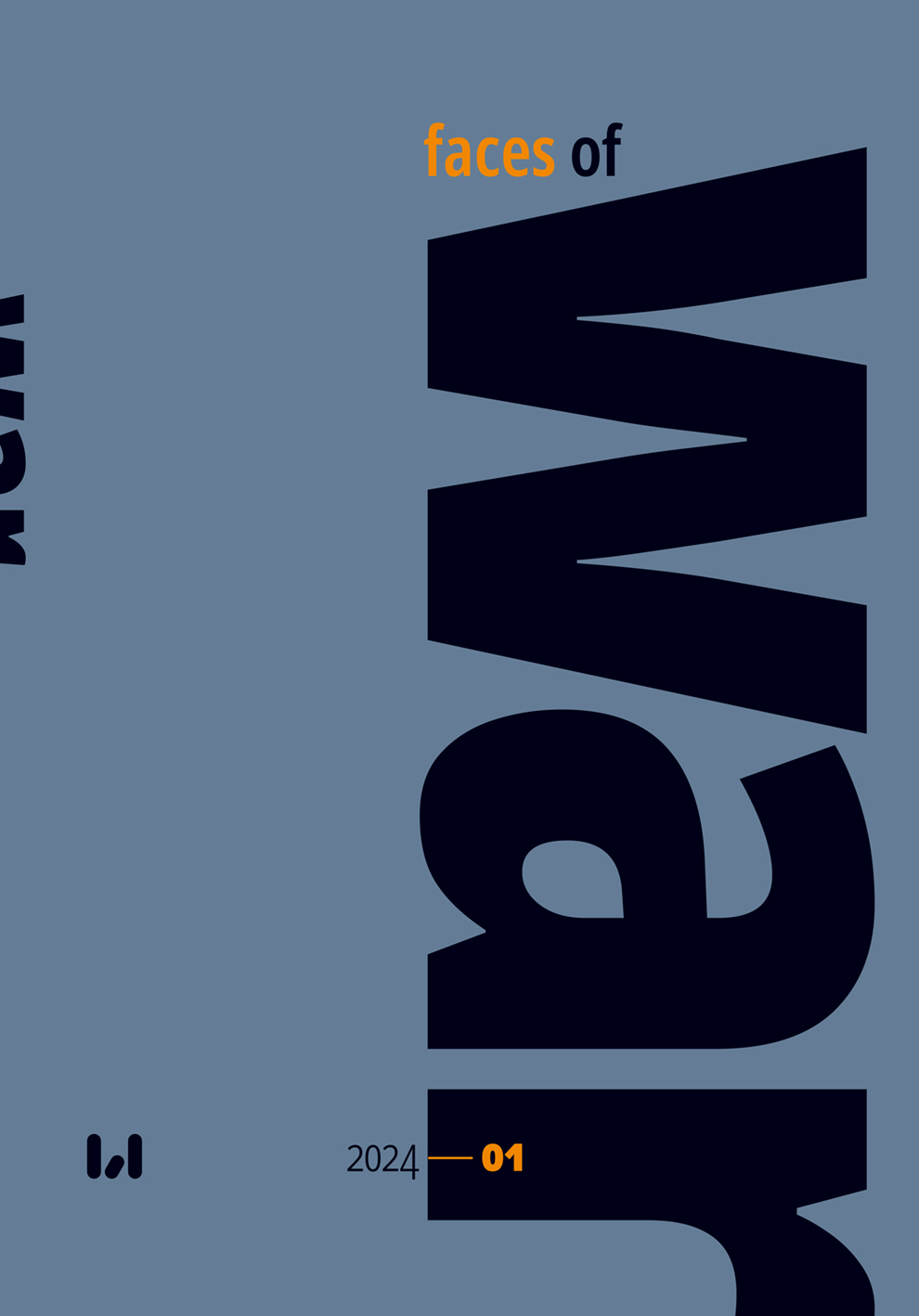Reconstruction of Kharkiv in 1943–1945
DOI:
https://doi.org/10.18778/3071-7779.2024.1.07Słowa kluczowe:
Kharkiv, World War II, reconstruction, re-evacuation, de-occupation, destruction, housing stock, faith in victoryAbstrakt
The events of the Second World War brought immense suffering and devastation to countries around the world, and the USSR, including Ukraine, was no exception. Almost 80 years ago, the liberation of Ukrainian territories from German invaders began, including the liberation of Kharkiv on August 23, 1943. From that day on, a complex and necessary process of rebuilding the city commenced, not only by its residents but also with the support of other republics of the USSR. Today, in the face of Russian aggression in Ukraine, Kharkiv once again finds itself under the threat of destruction. This paper examines similar events that occurred in the 20th century and the study of how the city was rebuilt during the war, with the aim of not only quickly restoring industries and institutions but also providing proper living conditions for its residents.
This article aims to identify the priority areas for the reconstruction of Kharkiv during the war years (August 1943–May 1945). It can be argued that two primary objectives existed: rebuilding industry and addressing social issues. Providing housing, adequate nutrition, and medical care were crucial not only for improving people's daily lives but also for increasing labour productivity. The local leadership utilised the joy of liberation and the belief in victory over Nazism to mobilise the city's residents for unpaid work during their free time, compelling them to address most of their household needs independently. However, those involved in the reconstruction of Kharkiv did not bear grudges against the city authorities for these measures; they understood the necessity of quickly restoring normal life and considered the inconveniences to be temporary.
The article emphasises the importance of defining priorities for reconstruction of the economy and improving the living conditions of the population. To achieve these goals, organised leadership, community participation, and individual citizen participation were necessary.
Bibliografia
KIM. R. – Kharkivskyi istorychnyi muzei imeni M.F. Sumtsova. Fond Ribalova. Ryibalov Vladimir Alekseevich. Zapiski zaveduyuschego voennyim otdelom gorkoma partii. Sprava D-17242. Part 2–3.
Zobacz w Google Scholar
Diakova O. 2011. Kharkivshchyna u roky Velykoi Vitchyznianoi viiny: dokumenty i materialy. Kharkiv.
Zobacz w Google Scholar
Diakova O. 2013. Kharkivshchyna u roky Velykoi Vitchyznianoi viiny: Metodychni rekomendatsii z istorii ridnoho kraiu. Kharkiv.
Zobacz w Google Scholar
Posohov S. 2012. Gorod i voyna: Harkov v godyi Velikoy Otechestvennoy voynyi, S. Posohov (ed.), Sankt-Peterburg.
Zobacz w Google Scholar
Yarmysh O. (ed.), 2004. Istoriia mista Kharkova XX stolittia. Kharkiv.
Zobacz w Google Scholar
Ivanov S. 2011. Mihratsiia silskoho naselennia do Kharkova (serpen 1943 – serpen 1991 rr.). Avtoreferat kandydata istorychnykh nauk. Kharkiv.
Zobacz w Google Scholar
Pisliavoienne vidnovlennia narodnoho hospodarstva Kharkivskoi oblasti. Istoriia mist i sil Ukrainskoi RSR: Kharkivska oblast. http://ukrssr.com.ua/khark/vidnovlennya-harkivskoyi-oblasti. Available on-line: April 19, 2023.
Zobacz w Google Scholar
Pobrania
Opublikowane
Jak cytować
Numer
Dział
Licencja

Utwór dostępny jest na licencji Creative Commons Uznanie autorstwa – Użycie niekomercyjne – Bez utworów zależnych 4.0 Międzynarodowe.





